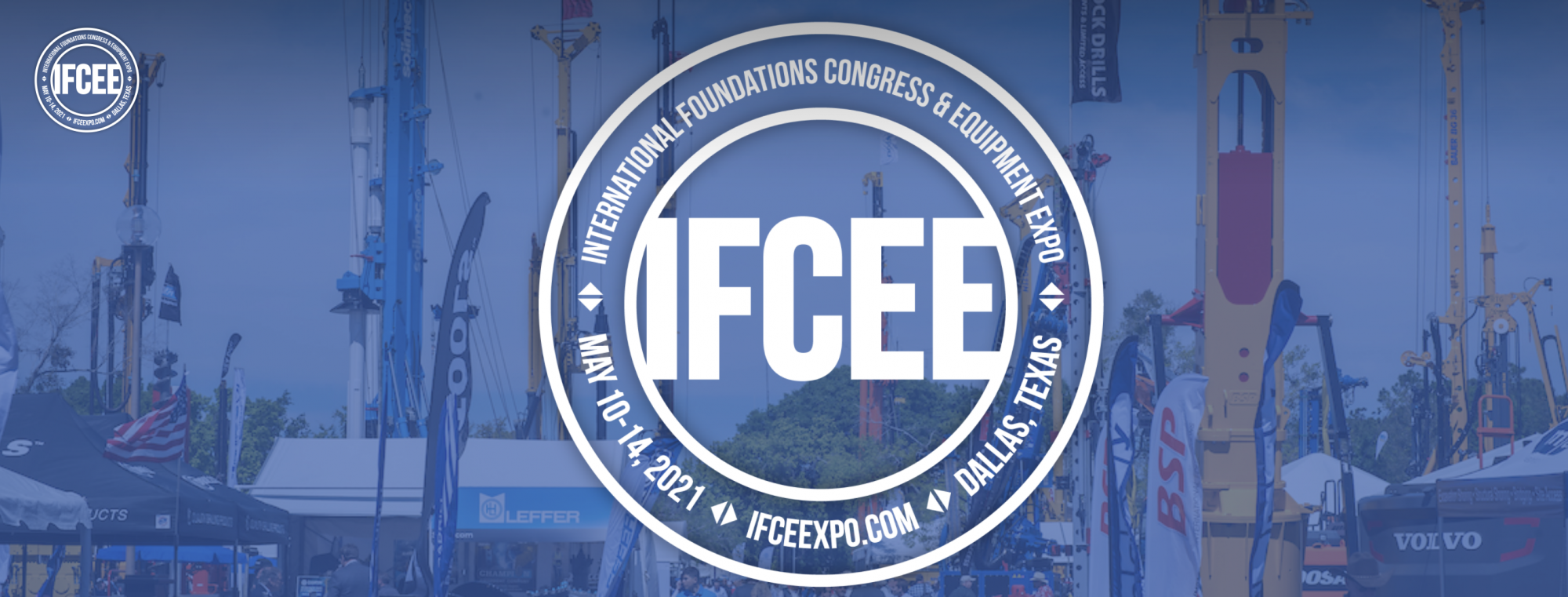Coating Discussions Segment 1: Flowliner
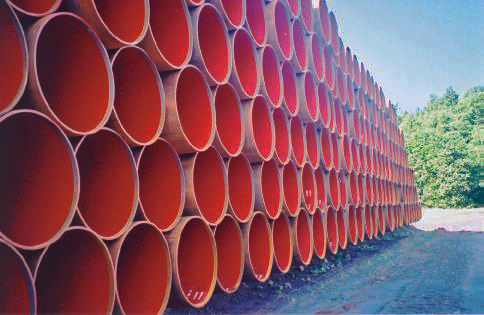
Flow efficiency coatings are used on a case by case basis to improve pipeline flow. When discussing this product there are many attributes often missed, all of which bring value whether economic or safety related.
In simple terms, a flow efficiency coating is developed to eliminate turbulent flow within the line. This turbulence is created due to the natural peaks and valleys of the steel surface. With the proper product selection and application, laminar flow may be achieved, benefitting the operator in the short-term and long-term via the new efficiency created. This value can be found on both the OPEX and CAPEX sides for a pipeline operator, reducing overall spend associated with the line dramatically.
To dig deeper, we have asked an industry expert, Dr. Jeffrey D. Rogozinski, Global Product Director at Sherwin-Williams to answer a few questions.
What is the smoothness factor achieved when using a flow efficiency product and how does that correlate to efficiency?
Dr. Rogozinski: Flow is directly impacted by the smoothness of the coating system. While most specifications call for less than 5 microns smoothness, Pipeclad® Flowliner 930R HS Ultrasmooth consistently gets less than 2 microns values during plant applications.
How does this coating reduce cost on both operations expenses and up-front capital?
Dr. Rogozinski: For upfront installation cost savings, the flow efficiency coatings demonstrably reduce the drying and commissioning times for the installed pipeline. Some studies have shown a pigging reduction time by up to three weeks.
Does this coating reduce pressure loss and what is the subsequent benefit?
Dr. Rogozinski: Reductions in pressure loss afford the end user options such as possibly reducing the number of compressors and increased distancing between compressors, and thereby reducing the cost of operations.
Odorants can be absorbed into bare steel pipe causing safety concerns. Therefore, pickling has become a normal industry practice. Flow efficiency does not absorb odorants. What is the science behind this and can it eliminate pickling and associated cost?
Dr. Rogozinski: Many thiol derivatives will react with carbon steel surfaces. When they react, they are no longer in the gas stream and therefore not performing the duty of warning consumers that a gas leak may be present by the characteristic smell of sulfur. You want to keep the odorants in the gas. To do this, you can create a barrier between the steel and the gas with a properly formulated flow efficiency coating. This prevents the mercaptan-based odorants from reacting with the steel.
Are there true case studies with customer data?
Dr. Rogozinski: Yes, one recent study illustrated where a 50,000-foot stretch of 8-inch diameter distribution pipe that was coated with Pipeclad 930R HS Ultrasmooth flow efficiency coating cost only 53% of what “pickling” the line would have cost, not to mention the “downtime” associated with the pickling process. Based on this, the cost saving practice of internal coating is now standard practice for this company.
About Dr. Jeffrey D. Rogozinski:
Dr. Jeffrey D. Rogozinski has over 29 years of coatings experience and is a Global Product Director in Sherwin Williams Protective & Marine Coatings division. He is a member of multiple coatings societies and is an active consultant on global specification writing including CSA, ISO, API, ASTM and NACE. He has been with Sherwin Williams for 10 years and held previous positions in protective coatings and powder coatings, resin and additive development for coatings science with an emphasis on polymer synthesis and structure-property characterization as well as multiple academic positions. Dr. Rogozinski has his PhD in Applied Science: Polymer and Composite Chemistry from The College of William and Mary in Virginia.
Contact information:
Dr. Jeffrey D. Rogozinski
The Sherwin-Williams Company
Global Product Director, Protective & Marine Coatings
1101 South 3rd Street
Minneapolis, MN 55415
Cell: +1-816-728-2781
jeffrey.rogozinski@sherwin.com
MORE POSTS

Reviving the Legacy of Steel in Sparrows Point, Maryland
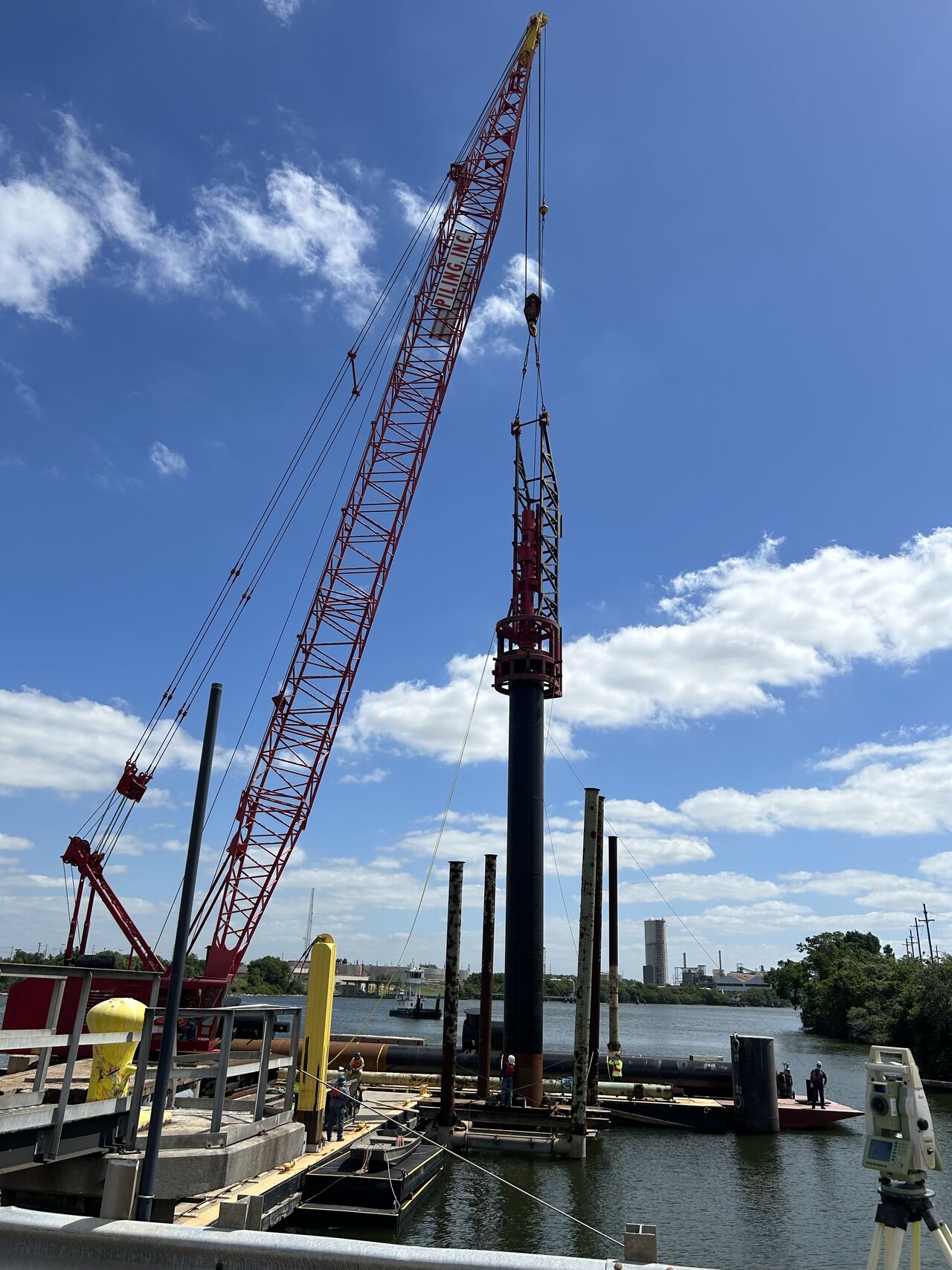
JD Fields Delivers 60” Monopiles to Port of Houston Project, Supporting America’s Busiest Port by Tonnage
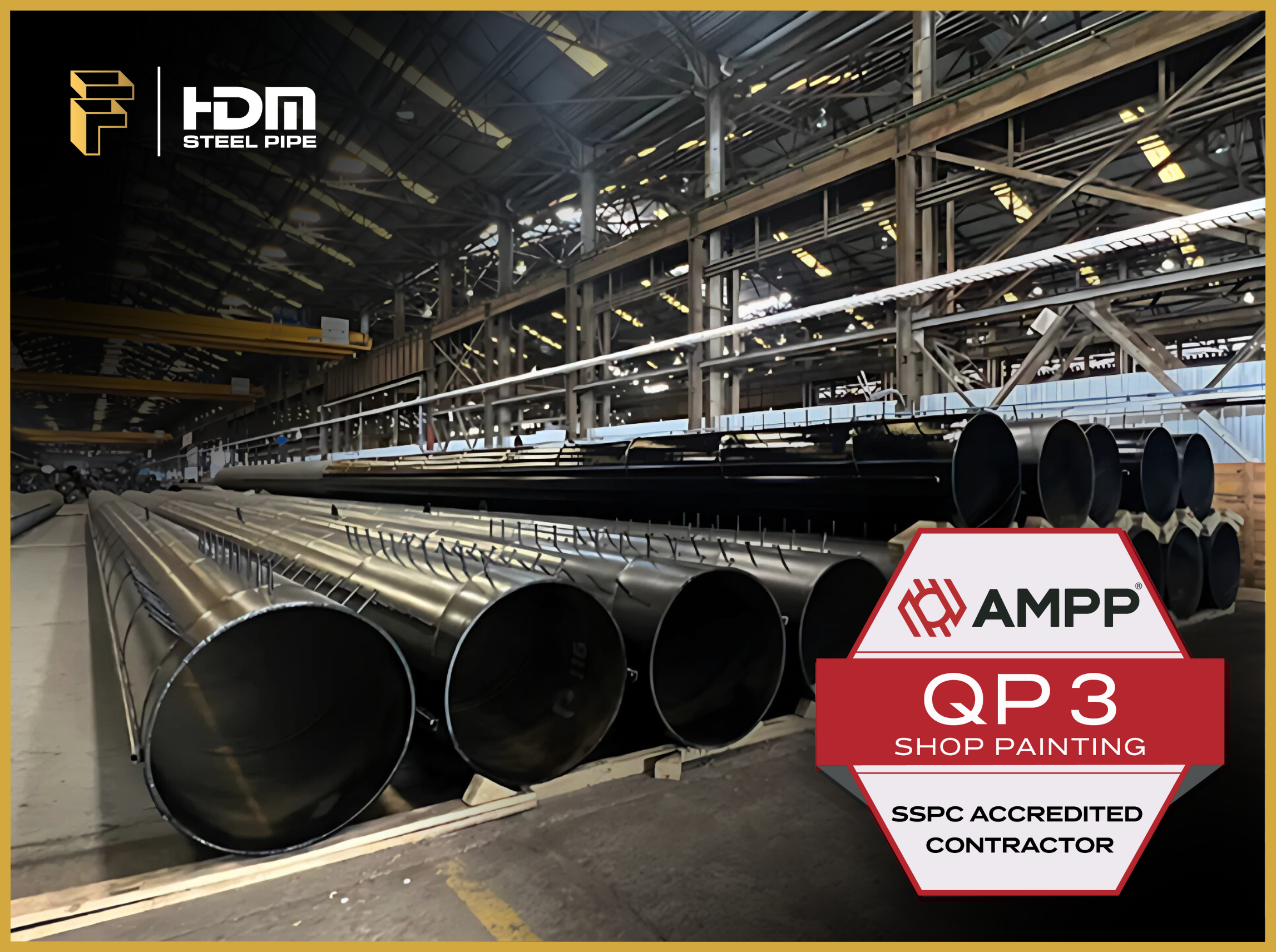
JDF-HDM Spiralweld Pipe Mill has been awarded QP3 Certification by AMPP
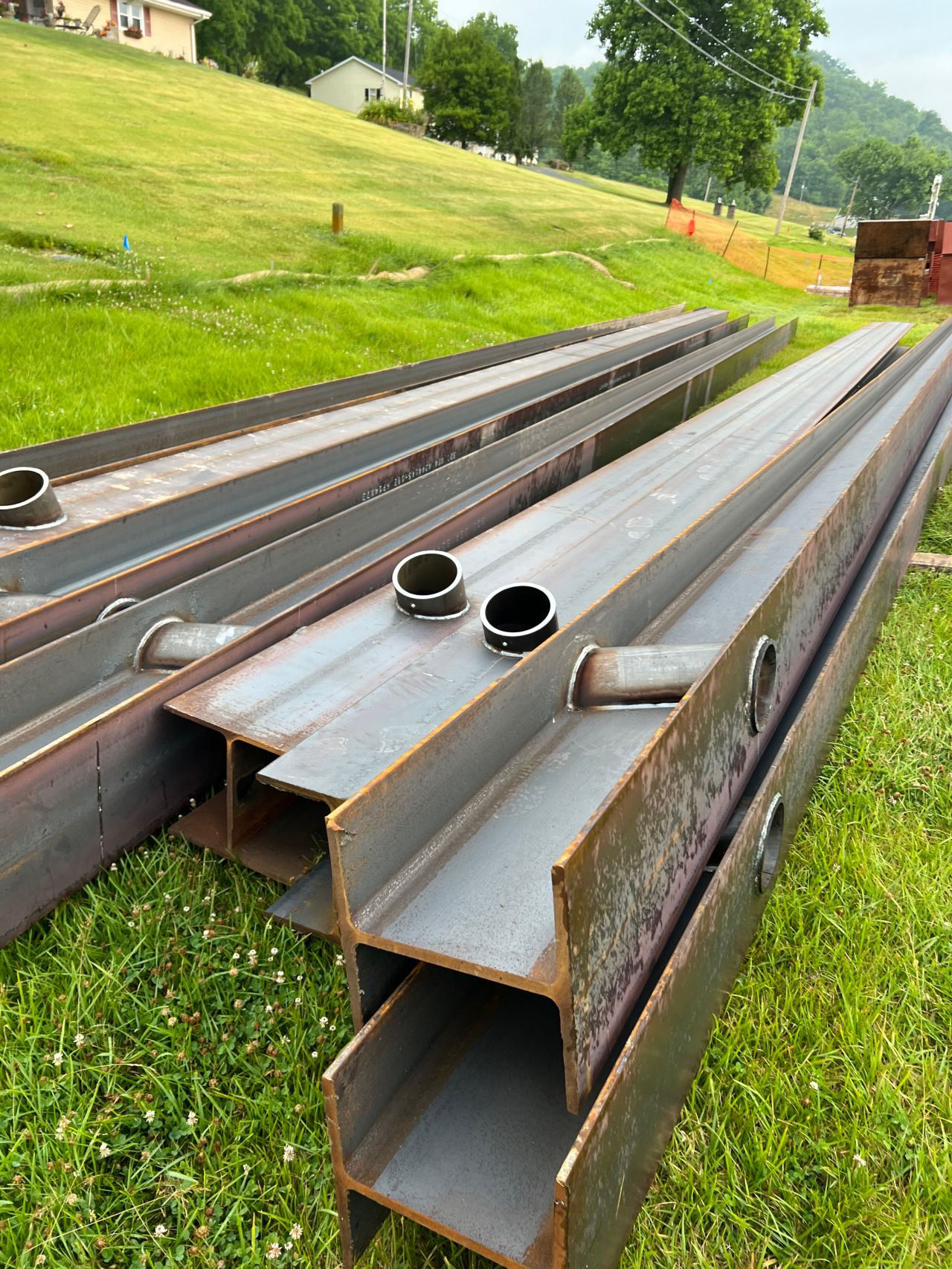
SR-156 Slide Repair - Switzerland County, Indiana
%20(1)_small.jpg)
McCoys Creek Restoration - Jacksonville, Florida
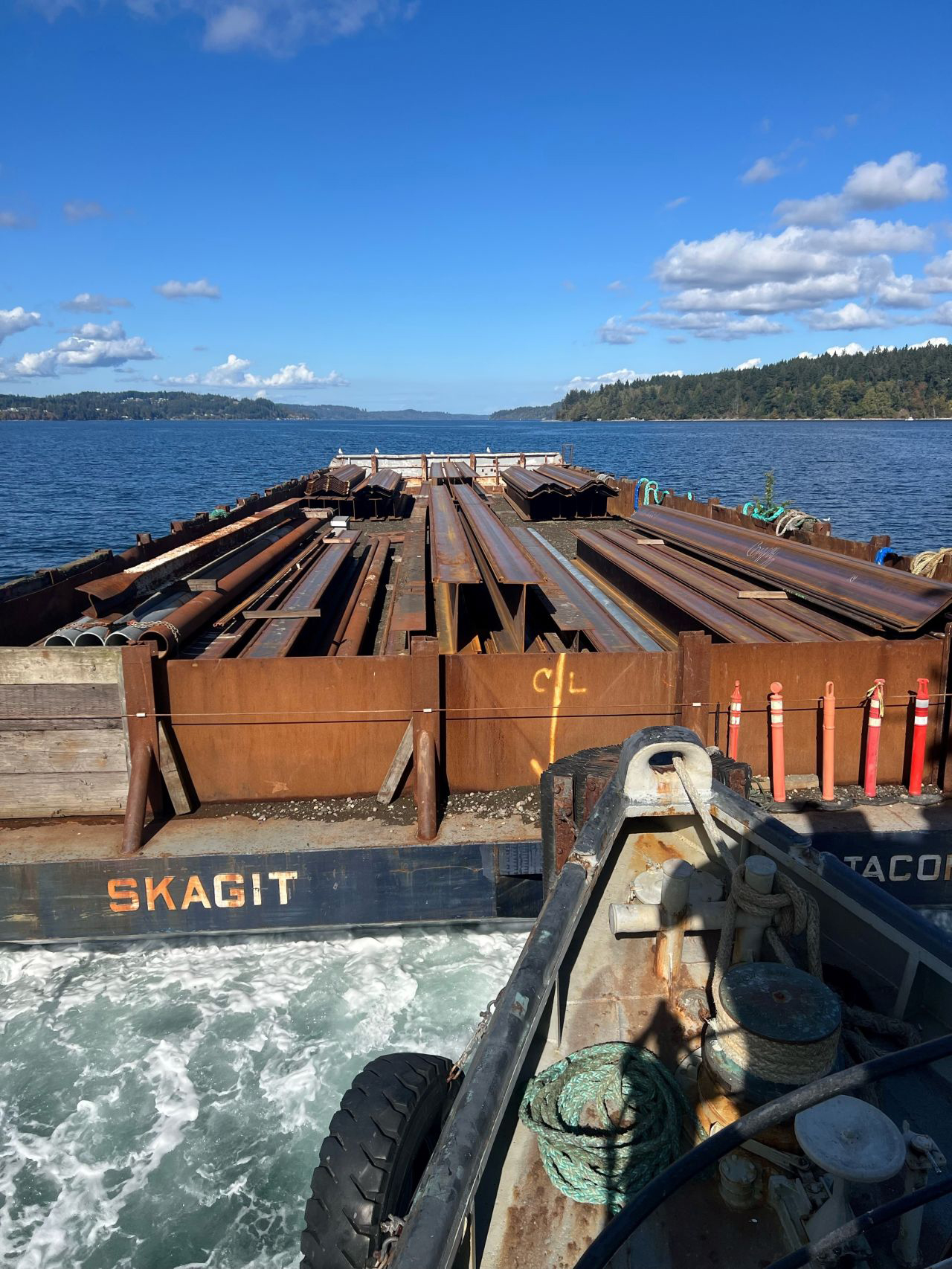
Port of Bellingham Terminals I & J Waterway Cleanup Action - Washington
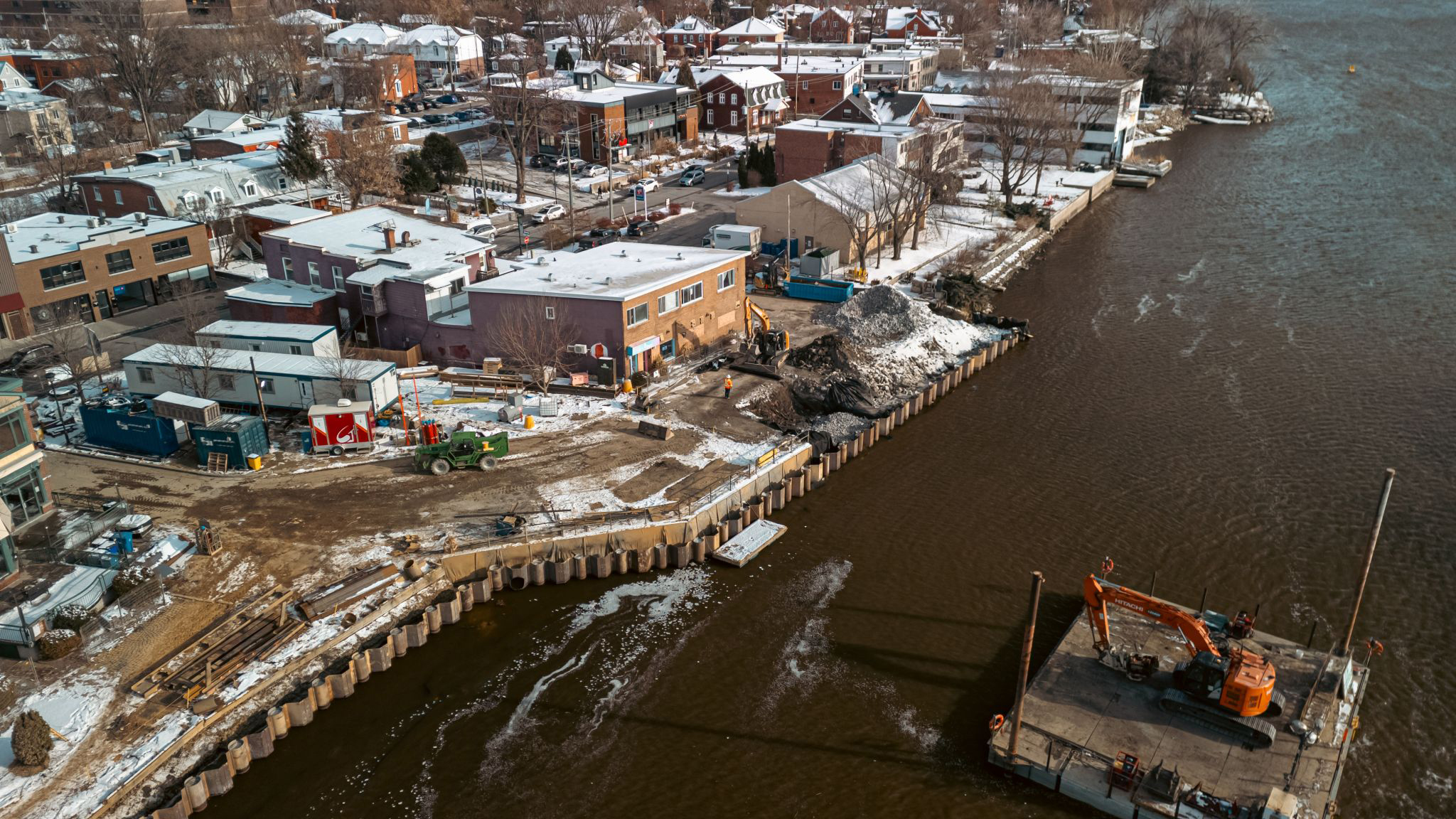
Pipe Z Combi-Wall Solution - Ste-Anne-de-Bellevue, QC
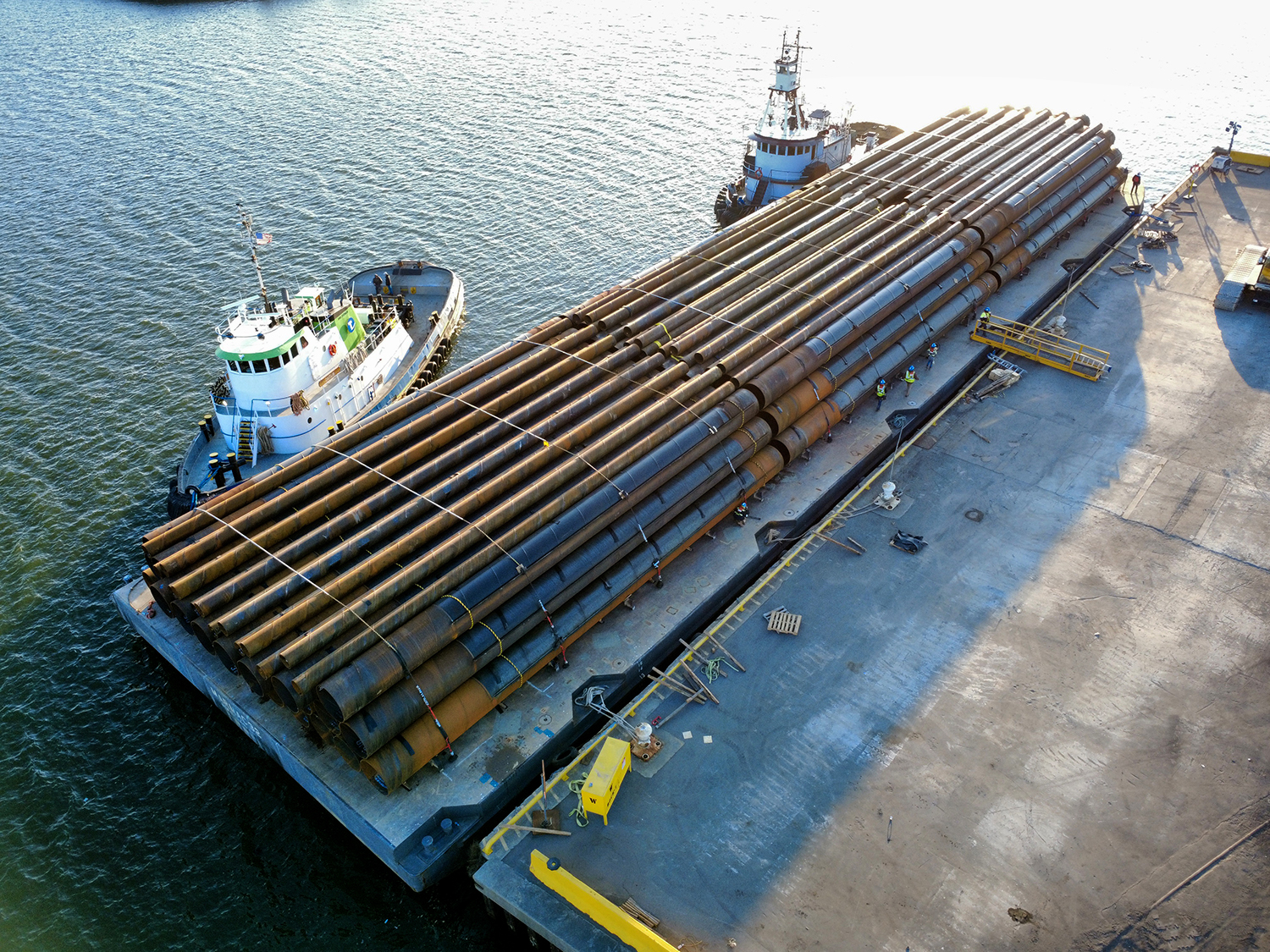
PZC Sheet Piles & Spiralweld Pipe - Port of Tampa Bay
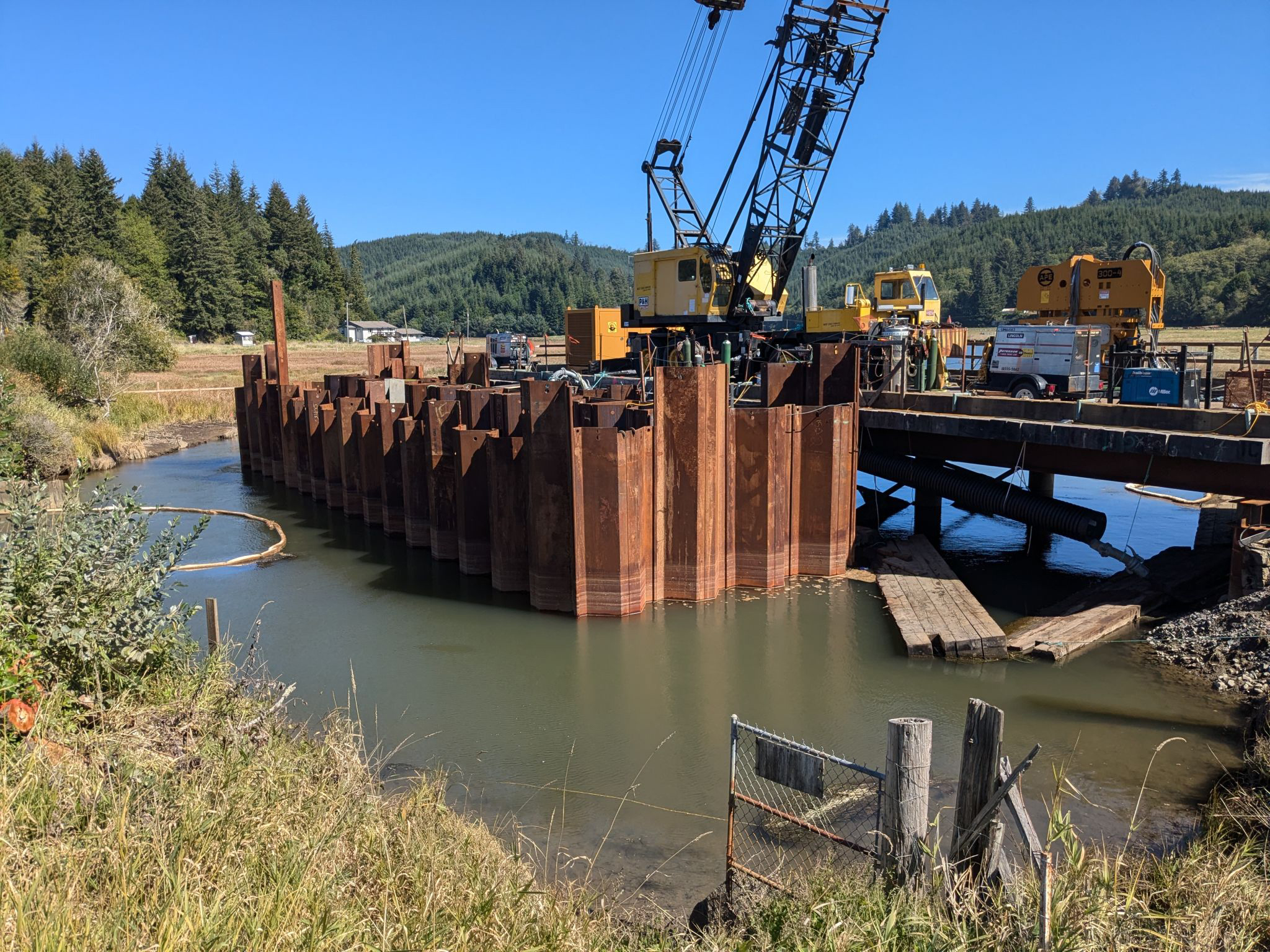
Tide Gate Structure - North Bend Oregon
.png)
Celebrating 40 Years of JD Fields: A Legacy of Excellence and Innovation
.jpg)
The Evolution of High-Frequency Welded Line Pipe
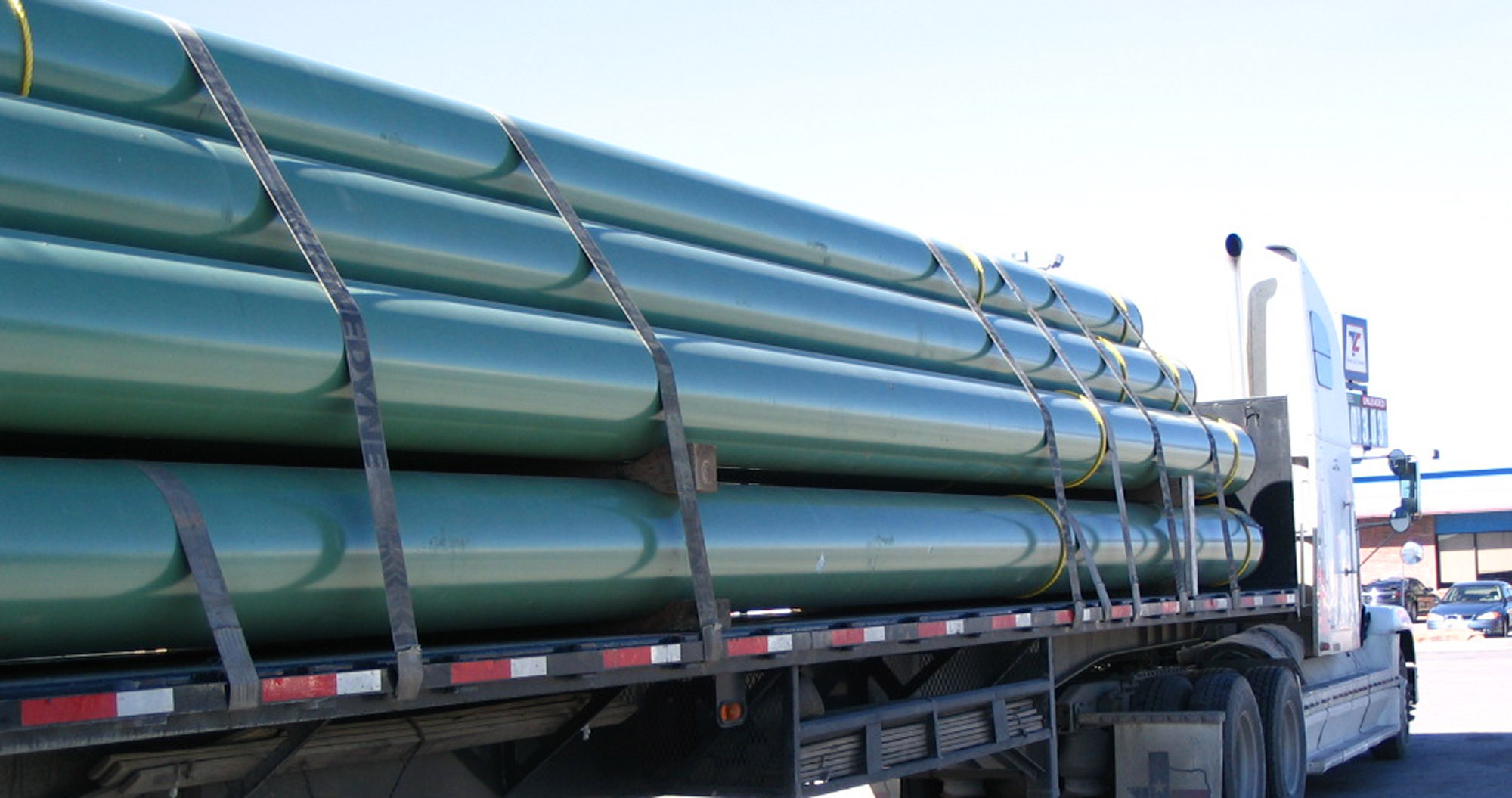
The Amazing Properties of Steel

Going Down? Permanent Sheet Pile Foundations for Basement Structures
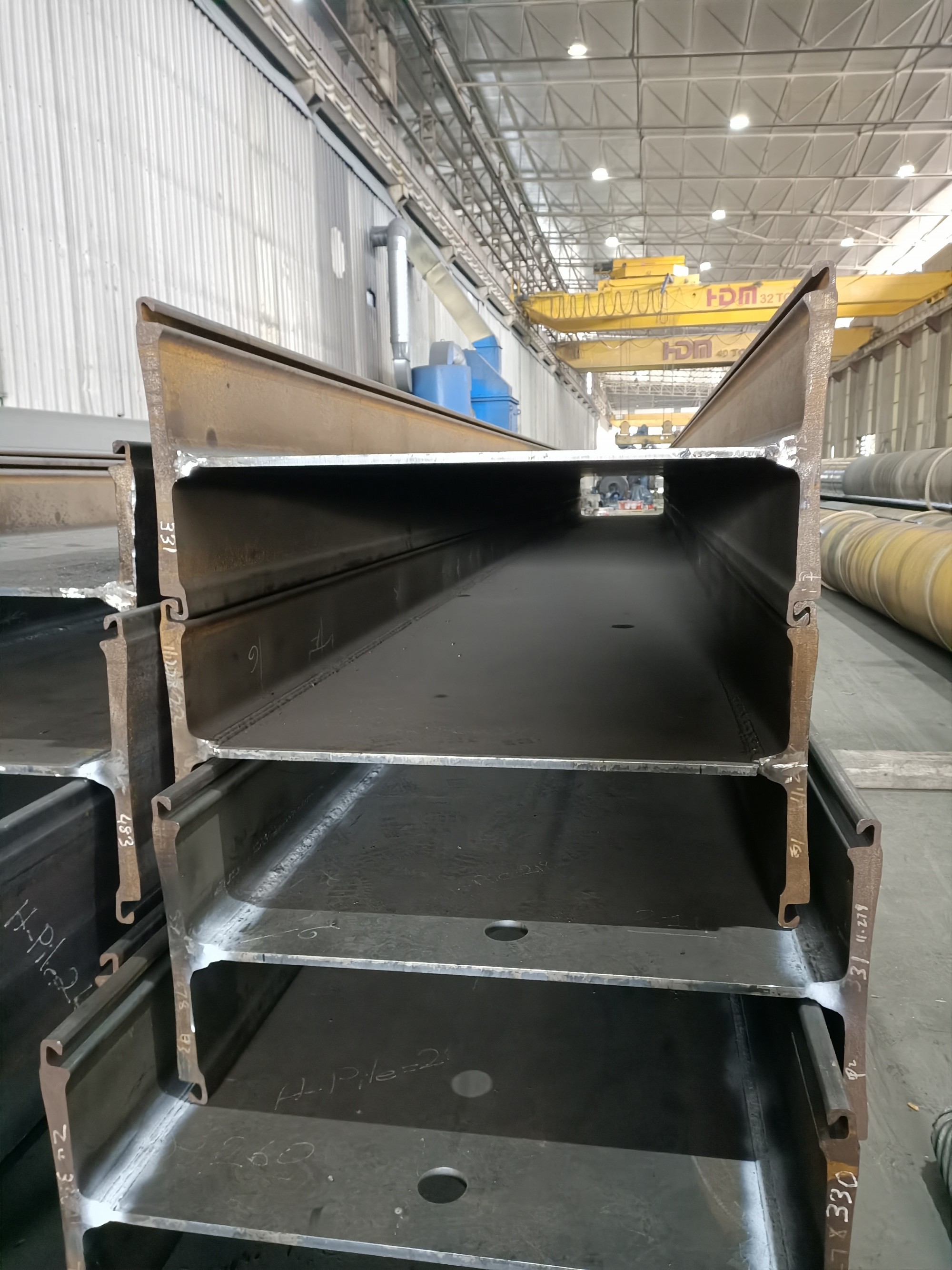
Evolution of Steel Piling Walls for Post Panamax Marine Structures
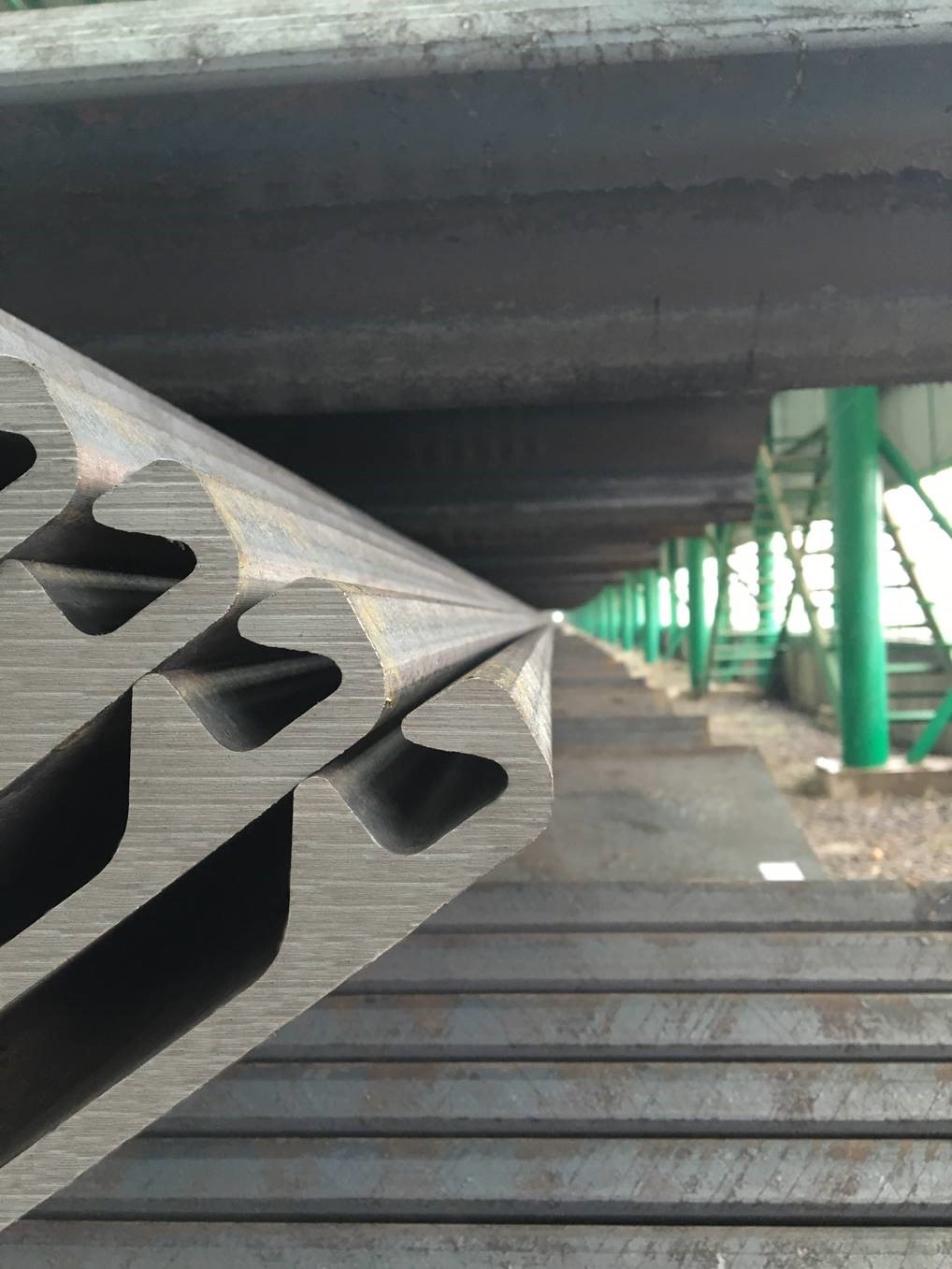
Sheet Piling 101
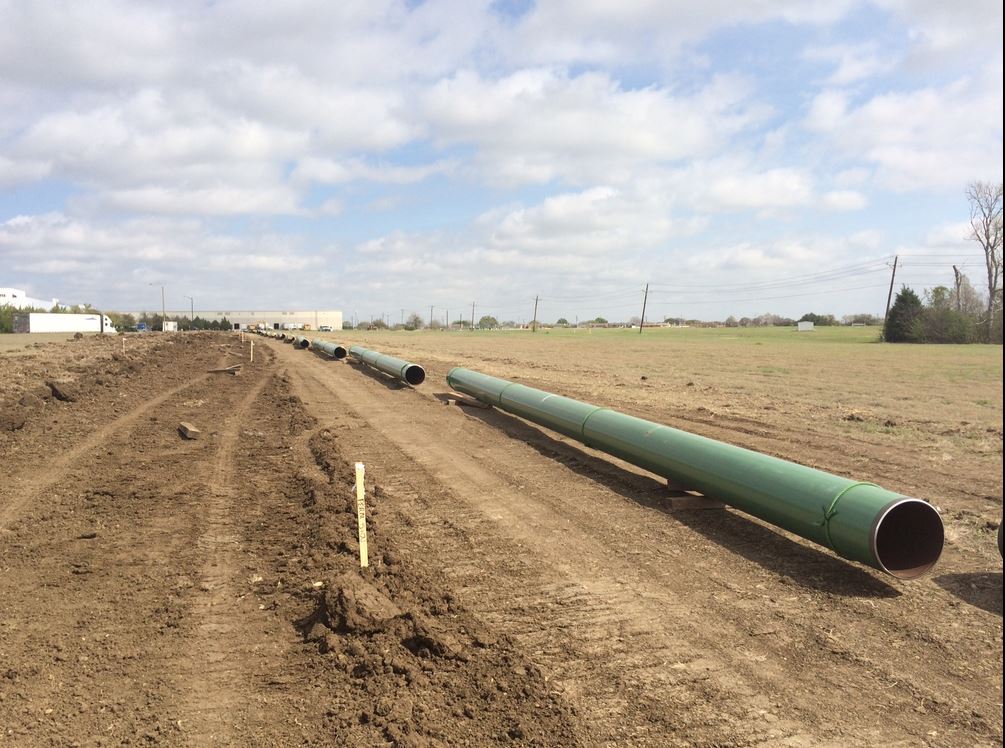
20-inch Lateral Relocation Pipeline News
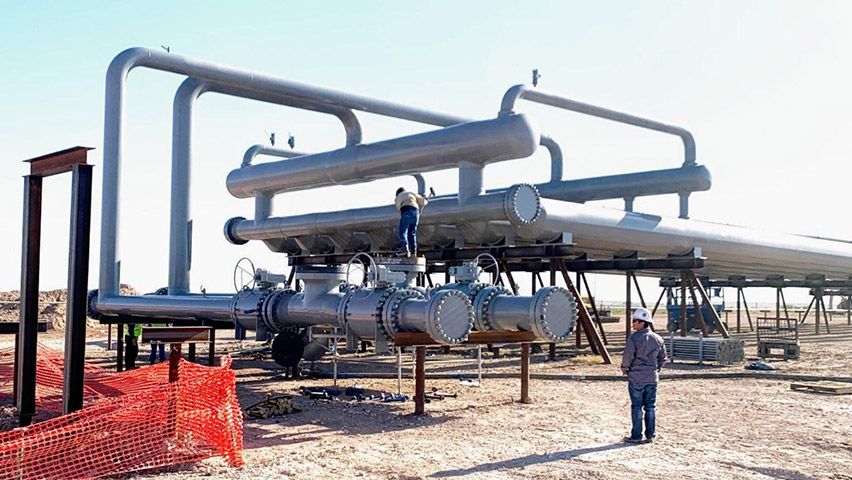
Benefits of Line Pipe
